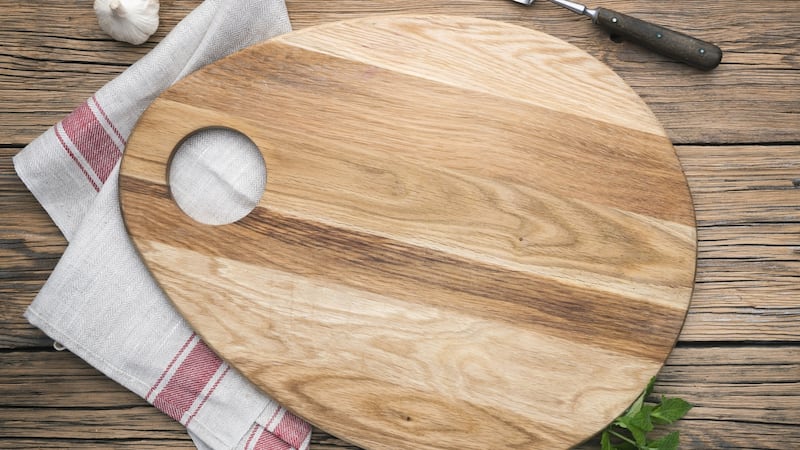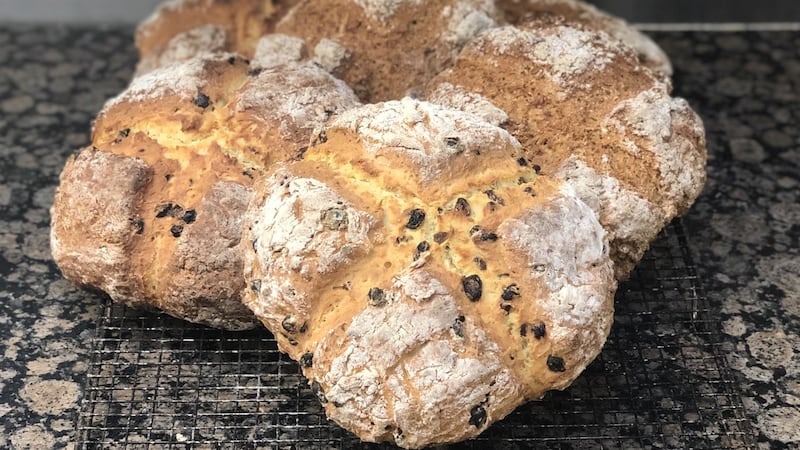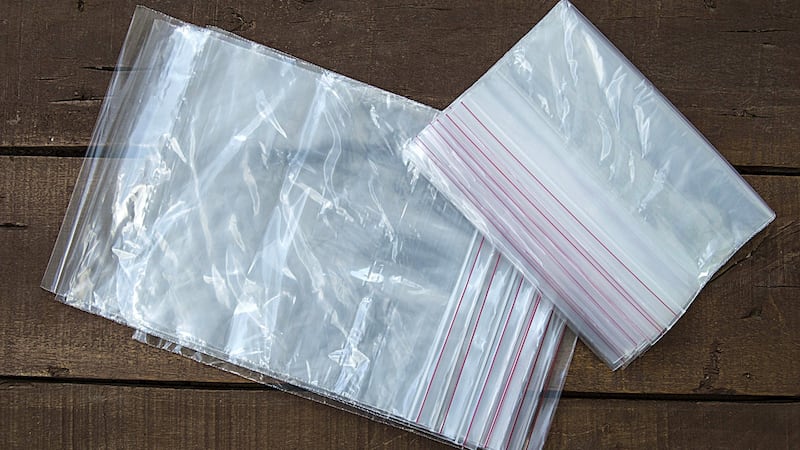Home cooking in small doses is often a welcome distraction, but when it becomes an everyday reality, it can quickly go from distraction to drudgery. But before you throw in the towel, why not take a look at how these experts keep things ticking over in their kitchens.
Preparation is key
One of the most common faults of the amateur cook, claims Mrs Beeton, the original authority on all things domestic, is "not giving sufficient time and attention to the details of preparation". Hilary O'Hagan Brennan, executive chef at 3FE cafes, agrees and urges everyone to read a recipe fully first, "then you know where you stand. If you get halfway through and you're trying to find something, it's stressful".

Marguerite Patten, a home economist who wrote more than 170 cookbooks, wisely advises to "collect utensils and ingredients on a tray before starting to make up the recipe; this saves footsteps and omissions". A few cheffy set-up tips can make things easier too.

In the home cooking videos of Eric Matthews, head chef at Chapter One, you'll spot a tea towel under his chopping board – chefs do this to stop the chopping board sliding as they chop. A damp tea towel, cloth or piece of kitchen roll laid flat under the board will work.
Clean as you go
You may not want to hear this but cleaning, it seems, should be considered part of the cooking process. Matthews urges “you need to train yourself to clean as you go. Make a habit and it will make life easier for you”. So figuring out how to not make such a mess is vital. O’Hagan Brennan recommends a conveyor belt-like set-up chefs tend to use. “Start with all your unprepped food on your left, in front of you have a bowl for your trimmings and then on the right have dishes to put your prepared food into.”
And the right tools can help. One of the first things Vanessa Greenwood of Cooks Academy teaches in her school is "always use a sharp knife", and she adds "don't use glass chopping boards which dull your knife". If you don't have a sharp knife? O'Hagan Brennan recommends avoiding chopping altogether. "Use the food processor, use as many shortcuts as you want. It's not meant to be torture. And get someone else to wash up," she says.
Recipes matter
Choosing the right recipe can make or break your kitchen experience. Make sure to use a trusted source and not just the first thing you find.
Searching online has the added challenge of throwing up international recipes. Beware of the American “cup” which is a specific unit of measurement and not just the vessel you drink your tea from.
There are some excellent smartphone apps available, just search “kitchen calculator” or “kitchen convertor” in your app store. If you don’t have measuring equipment, look around your kitchen. You may have a 250ml glass bottle you could use or maybe the jug that comes with your iron – try to be inventive.

Baking? Follow the rules, but know how to adapt
Baking at home can be a real comfort, but there are some rules to be followed. Patten points out the importance of weighing: “A well-made cake has a perfect balance between fat, sugar, flour etc. If you add or subtract any of these by design or accident, the quality of the cake may be spoiled.”
Temperatures and timings, however, should be treated a little differently. Follow the recipe yes, but keep an eye on your oven as they all differ slightly.
Self-raising flour can be made by adding half a teaspoon of baking powder per 100g of plain flour. But beware mixing up raising agents. As JR Ryall, pastry chef at Ballymaloe House points out, baking powder and bicarbonate can be confusing. Baking powder is activated by the addition of any liquid, whereas bread soda (also called bicarbonate of soda) needs an acidic liquid such as buttermilk, lemon juice or yoghurt to activate it.
Home-made bread is a great option. “‘There is always a bread you can make but it is best to pick a recipe to suit the flour. If you have plain or cream flour, make soda bread, and if you have strong flour make yeast bread,” Ryall says.
And don’t be afraid of yeast: “Fresh and dry yeast are interchangeable, you use half the amount of fresh yeast to dry yeast so if a recipe calls for 30g of fresh yeast you can replace with 15g of dry yeast.”
Baking cupcakes? Graham Herterich, owner of The Cupcake Bloke, recommends avoiding mess and getting nice even cupcakes by using an ice-cream scoop to divide your cake batter into cases. If they still come out uneven or too big, just trim them after. "When they are cool, turn them over and use a scone cutter or a glass the right size to cut around the edges and neaten them up."

And then icing, of course, can hide a multitude, he assures me. “And don’t worry if you don’t have a piping bag, you can put it on with a knife or alternatively get a Ziploc bag and nip off one of the corners off to make a small hole. Put your icing into the bag, close it up and just pipe it out from the corner.”











